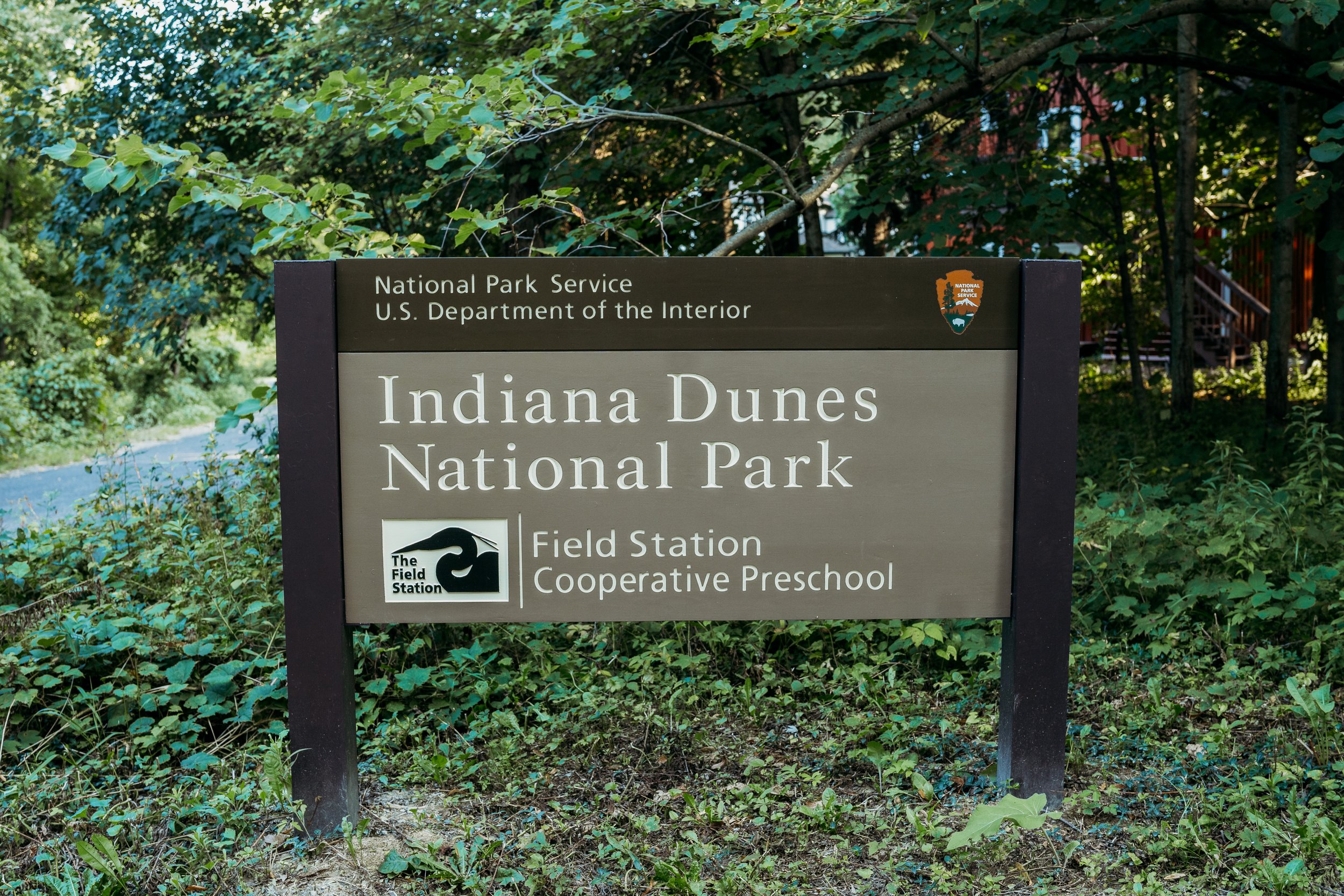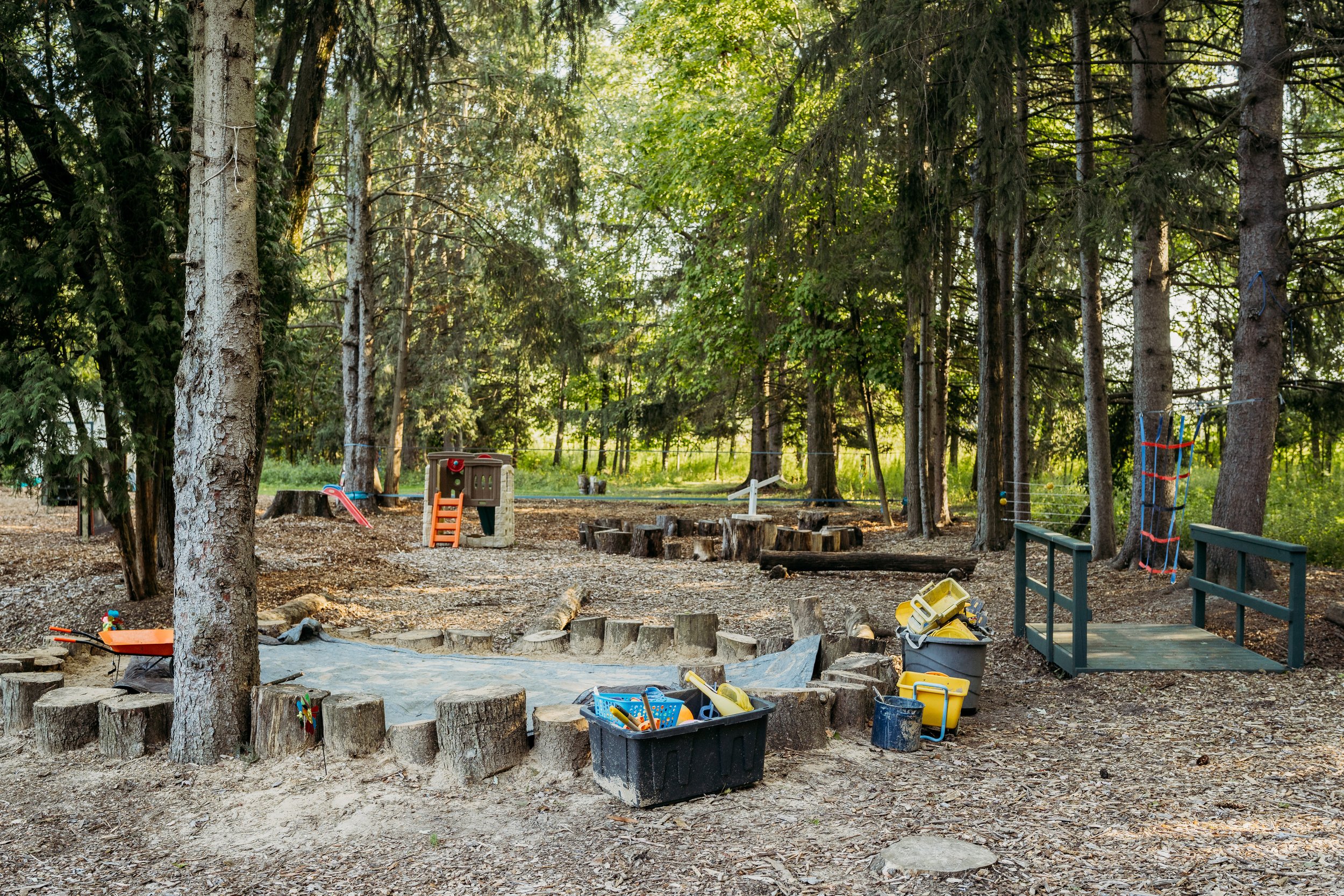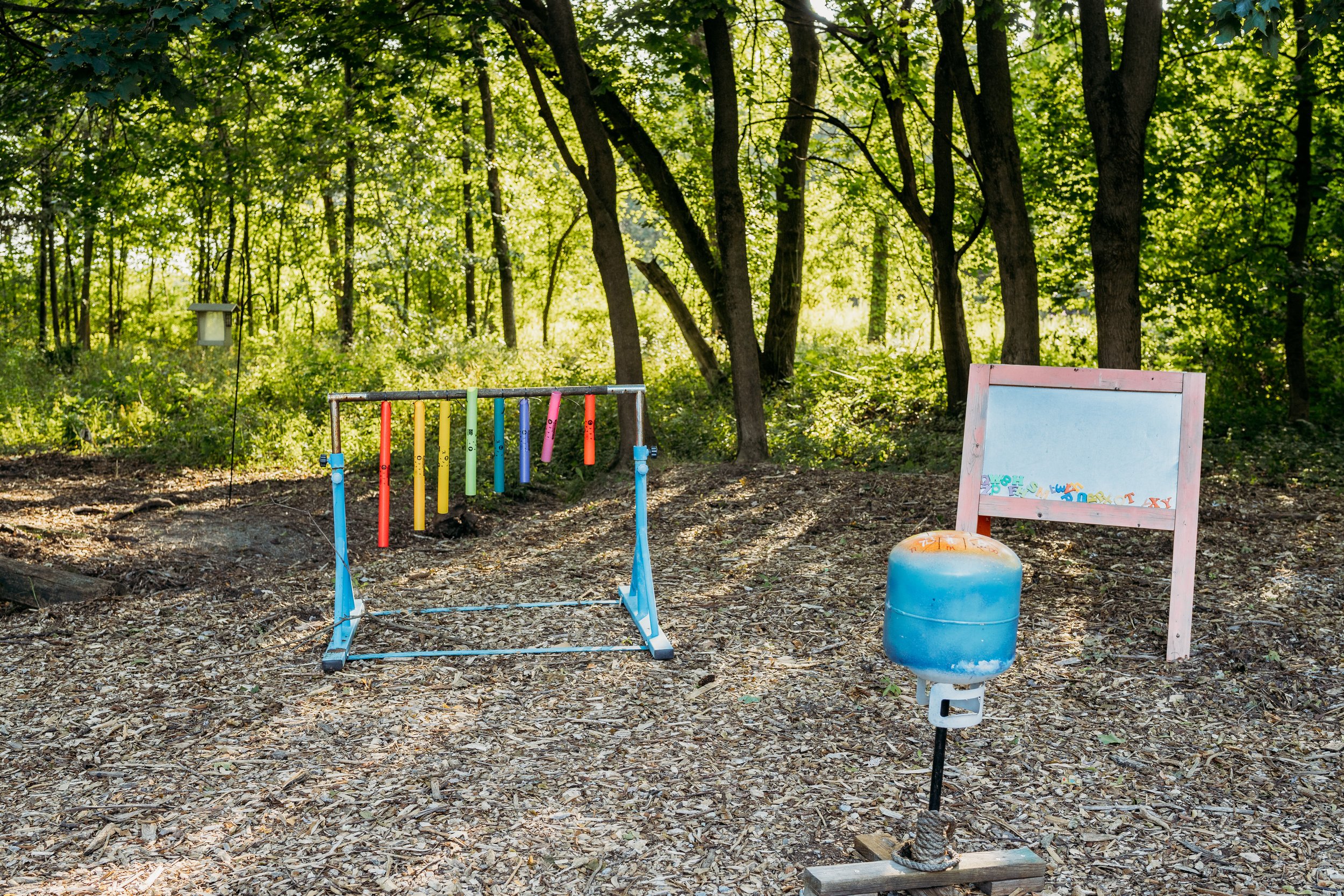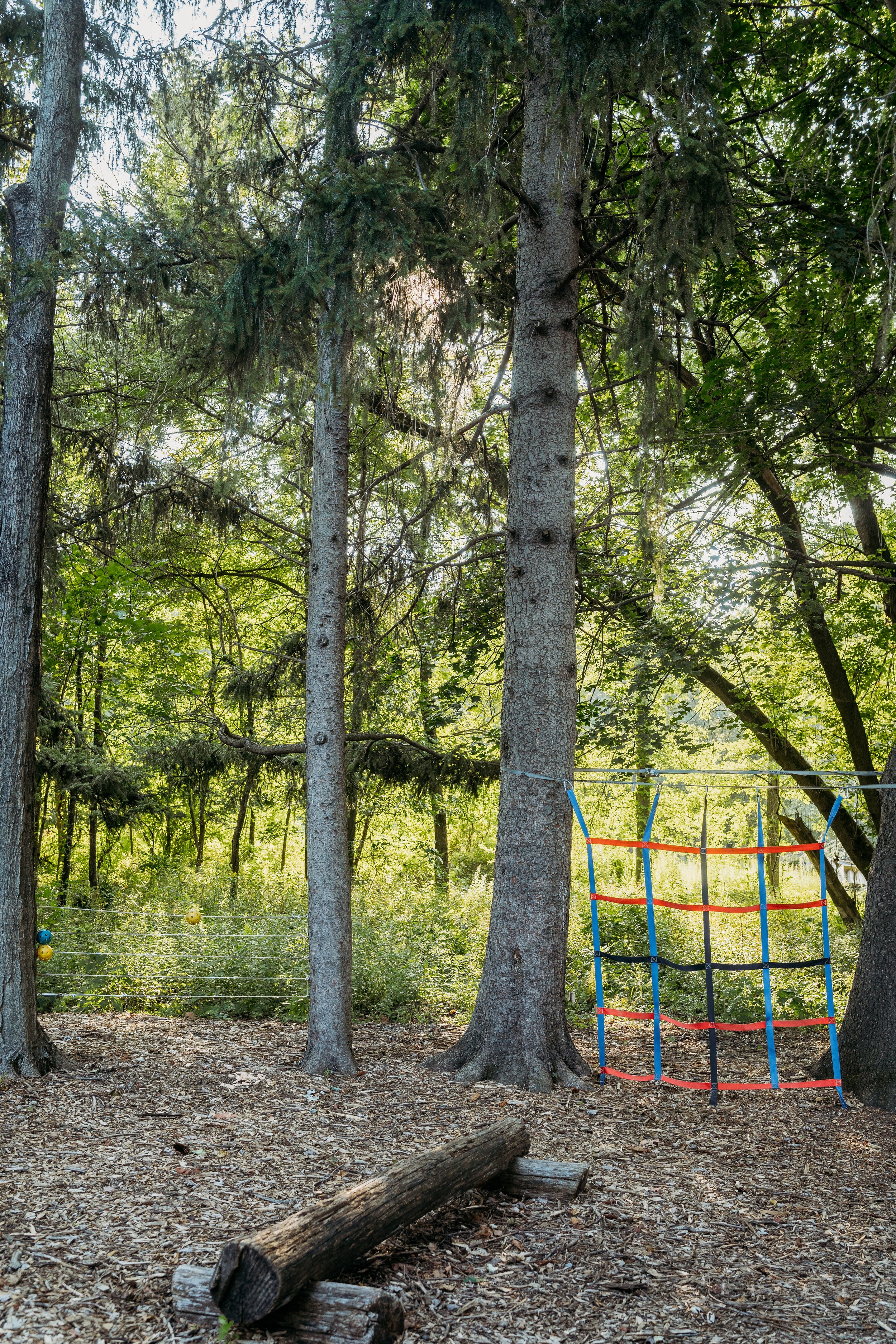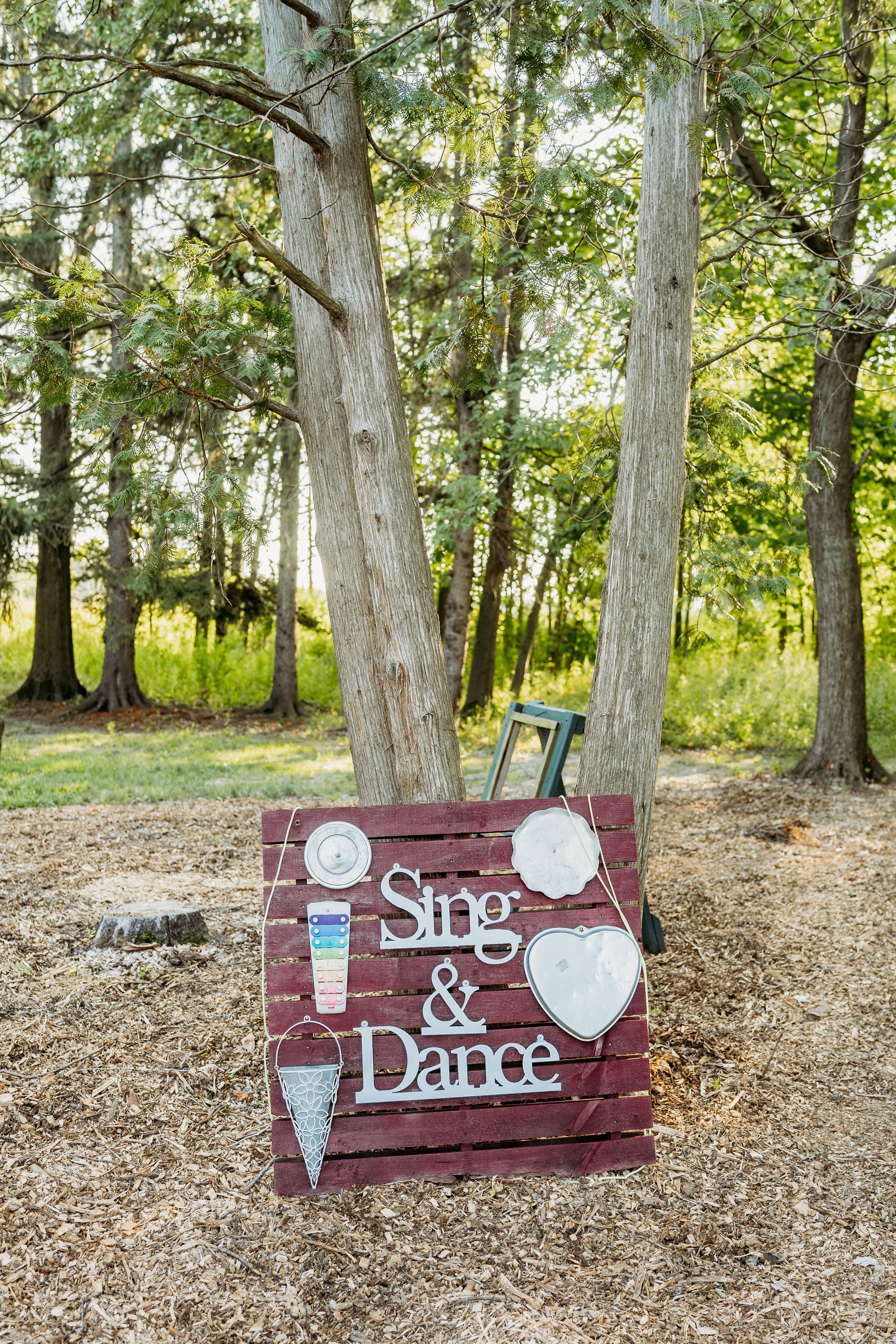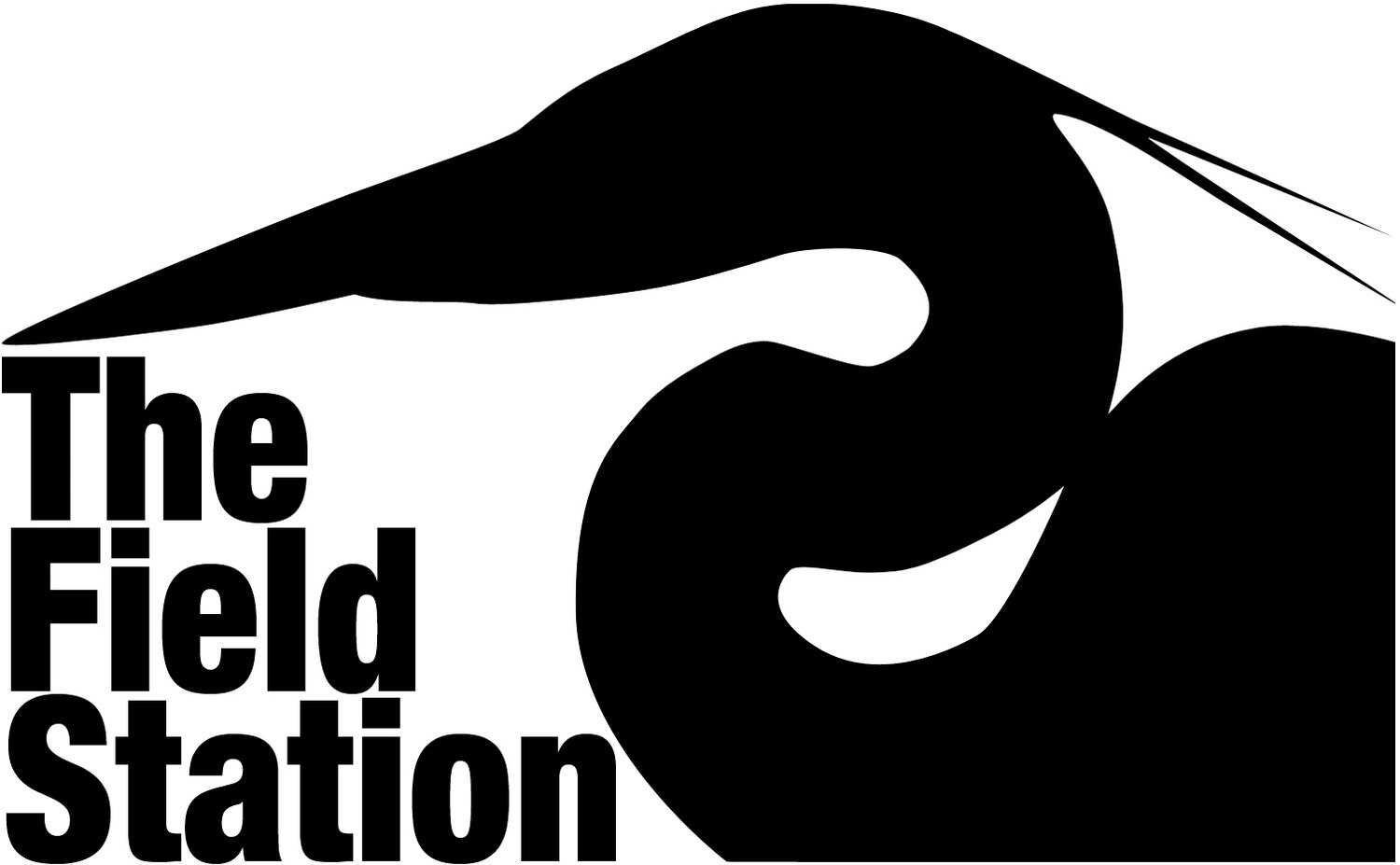Field Station Property
Nestled in the Indiana Dunes National Park woods near the Bailly Homestead and surrounded by trails, the Little Calumet River, and a whole new world to explore, the 1870s house and WW1-era barn, known as the Gust-Lindstrom property, is the ideal location for Field Station.
The Gust Lindstrom site has been recognized by the National Park Service as significant to the cultural and social history of the Swedish community within the area known as Baillytown, located within the Indiana Dunes National Park. The original residence, a two-room log cabin with a loft, was built around 1870. As the Lindstrom family prospered, a much larger residence was built, encircling the log cabin. The house as it exists today has the appearance of an early twentieth century, suburban house placed in picturesque fashion on a rise above Howe Road. Family members believe the residence was enlarged by Arthur Wahl between 1900 to 1910. Family history indicates that the barn was also constructed by family members circa World War I.
Mature trees planted by family members form a border around the house and barn; remnants of the nursery business started in the 1930s are still evident. With the help of Indiana Landmarks, the Indiana Dunes National Park, Cornerstone Design (an architectural firm who specializes in the restoration of historic structures), Rebuilding Together-Duneland, and many sponsors and volunteers, Field Station was able to completely rehabilitate the two buildings. We had to first stabilize both structures and install new roofs and gutters. Site renovation included reworking the driveway/parking area, establishing a new well and septic, and installing new electrical, plumbing and HVAC services. A complete gutting and rebuilding of both structures resulted in the wonderful environment for our students to learn from today.
The Barn
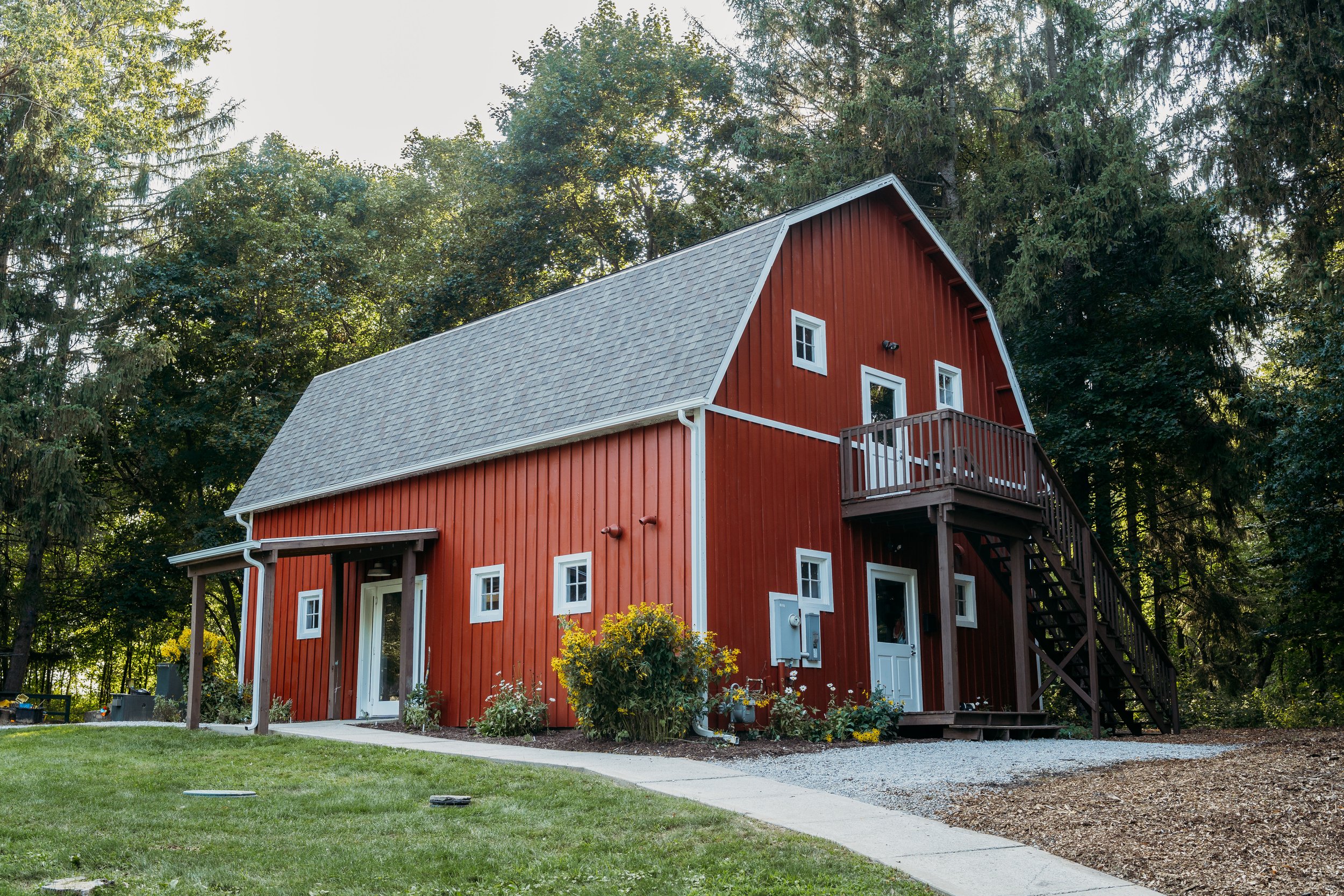


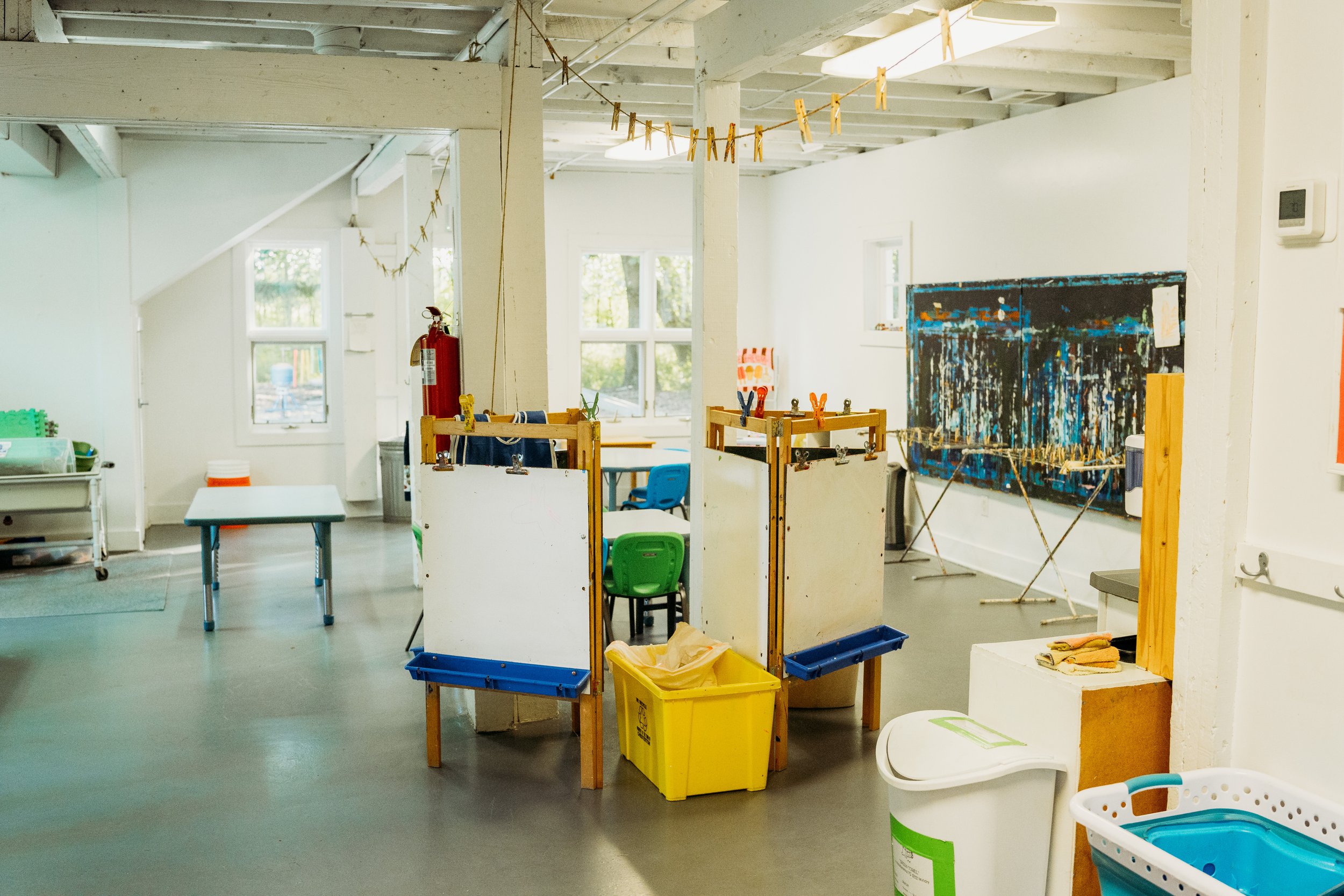
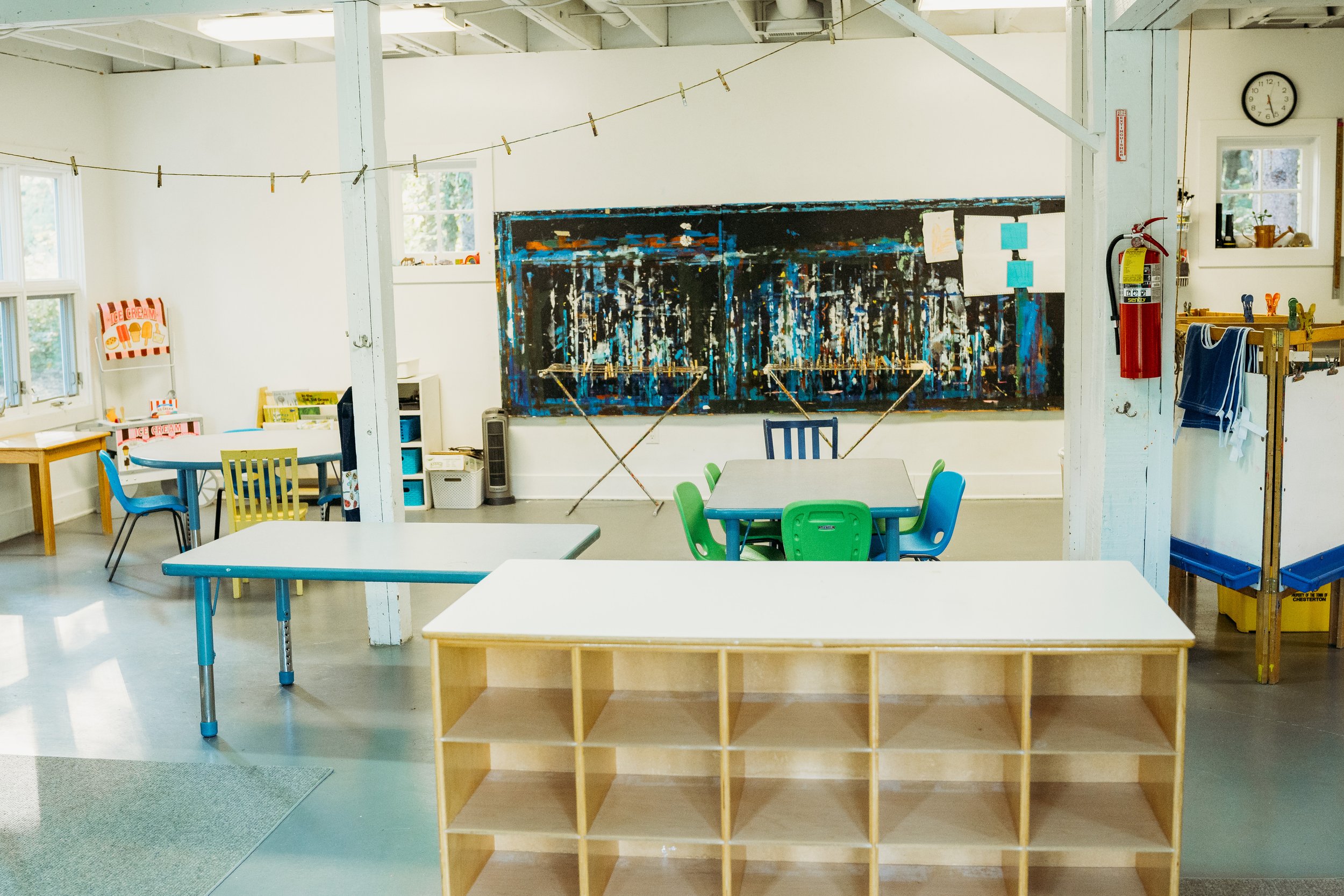

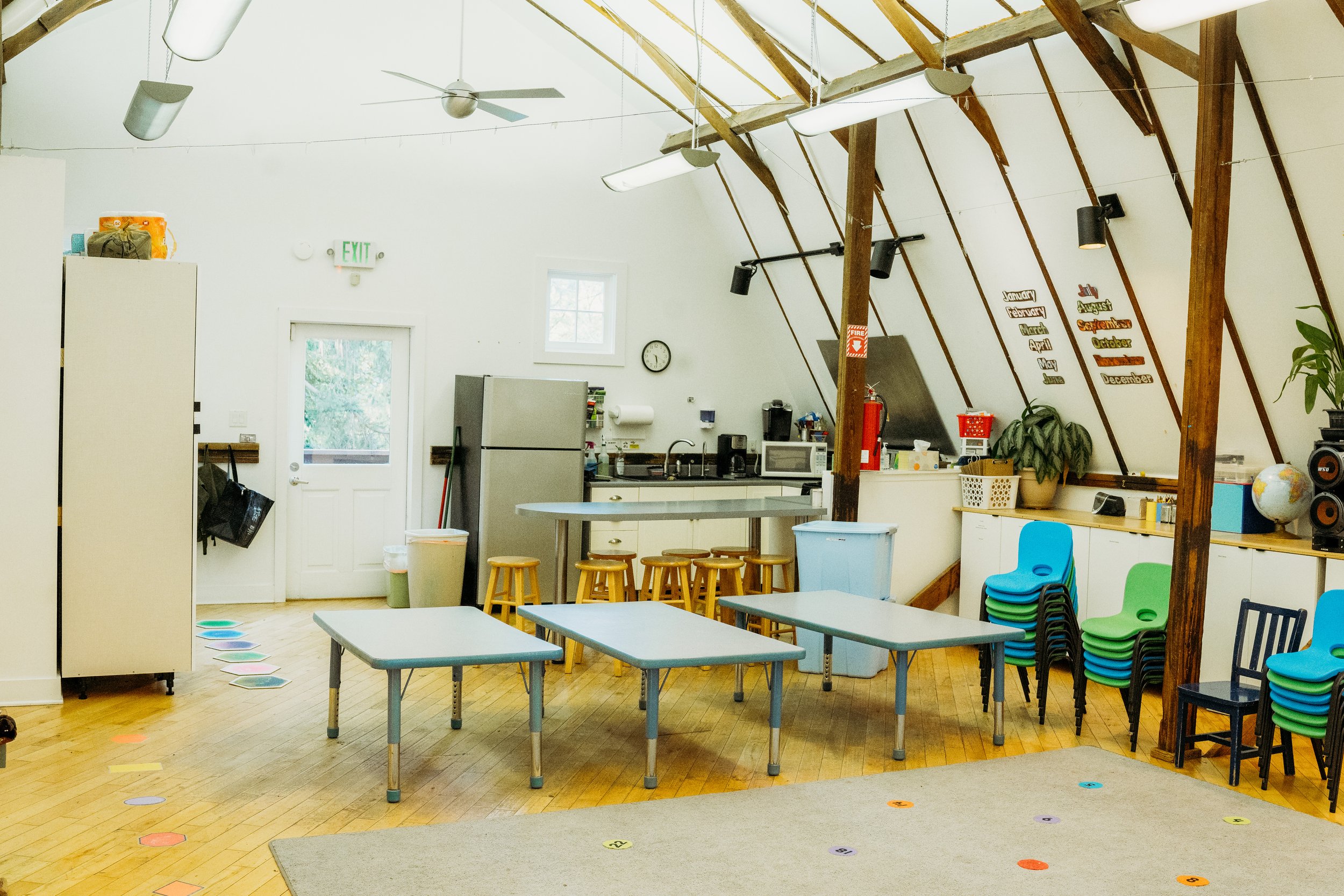
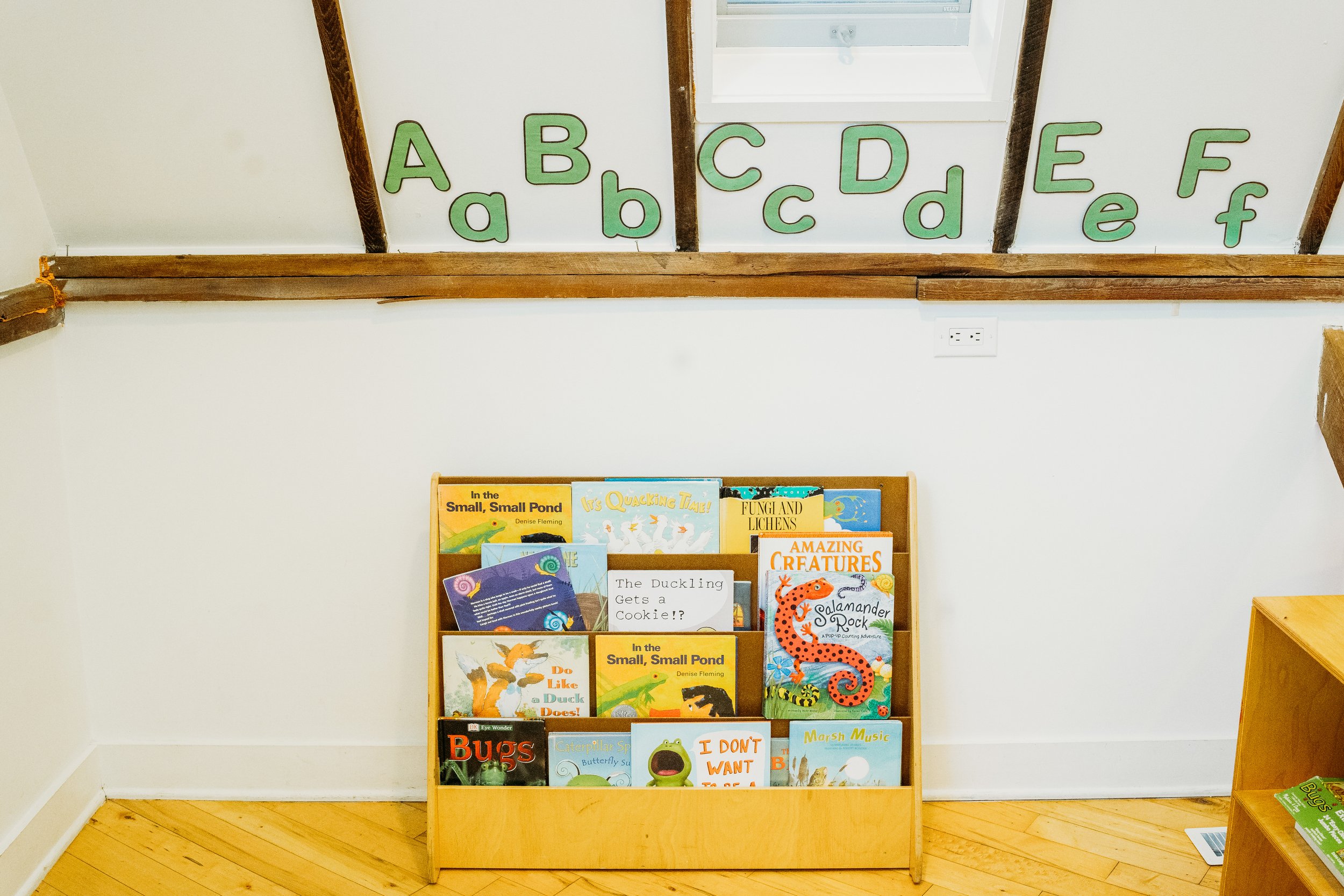

The House
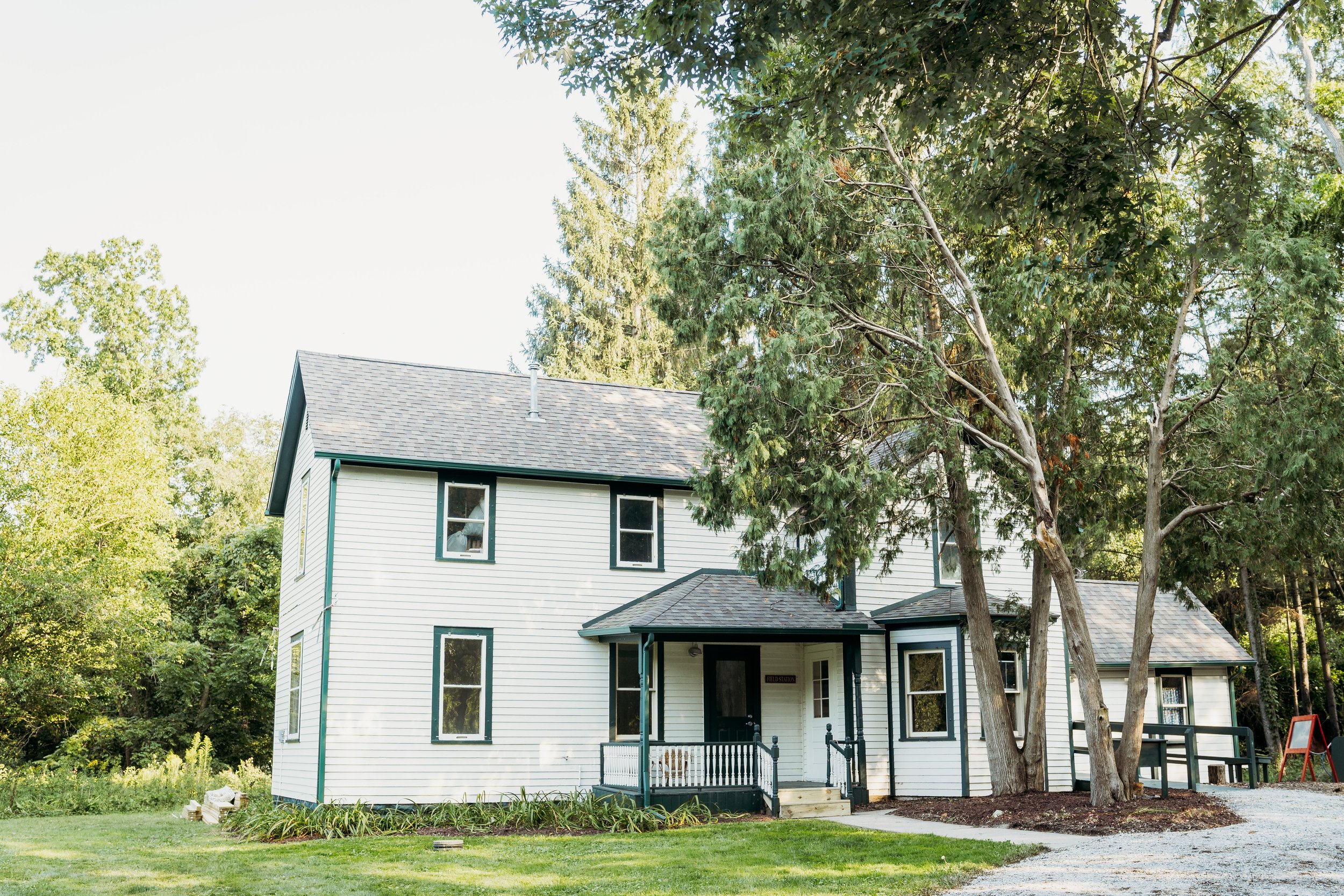
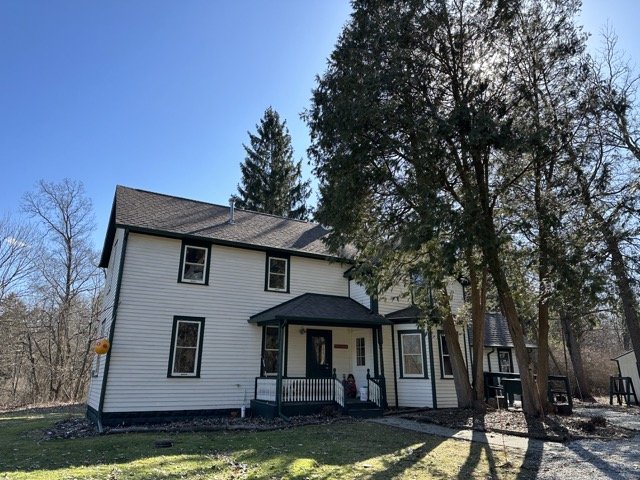
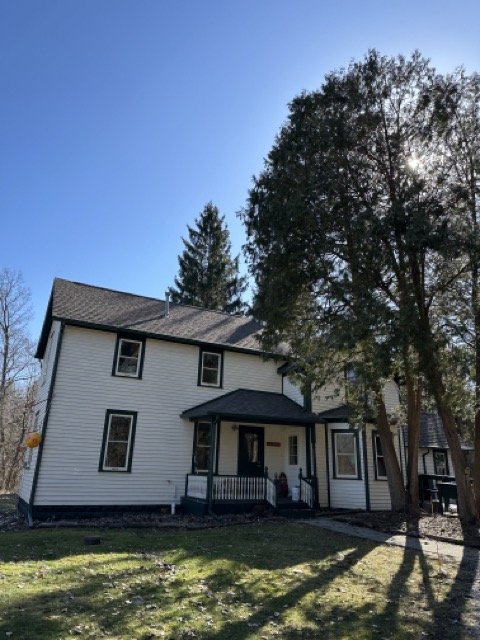
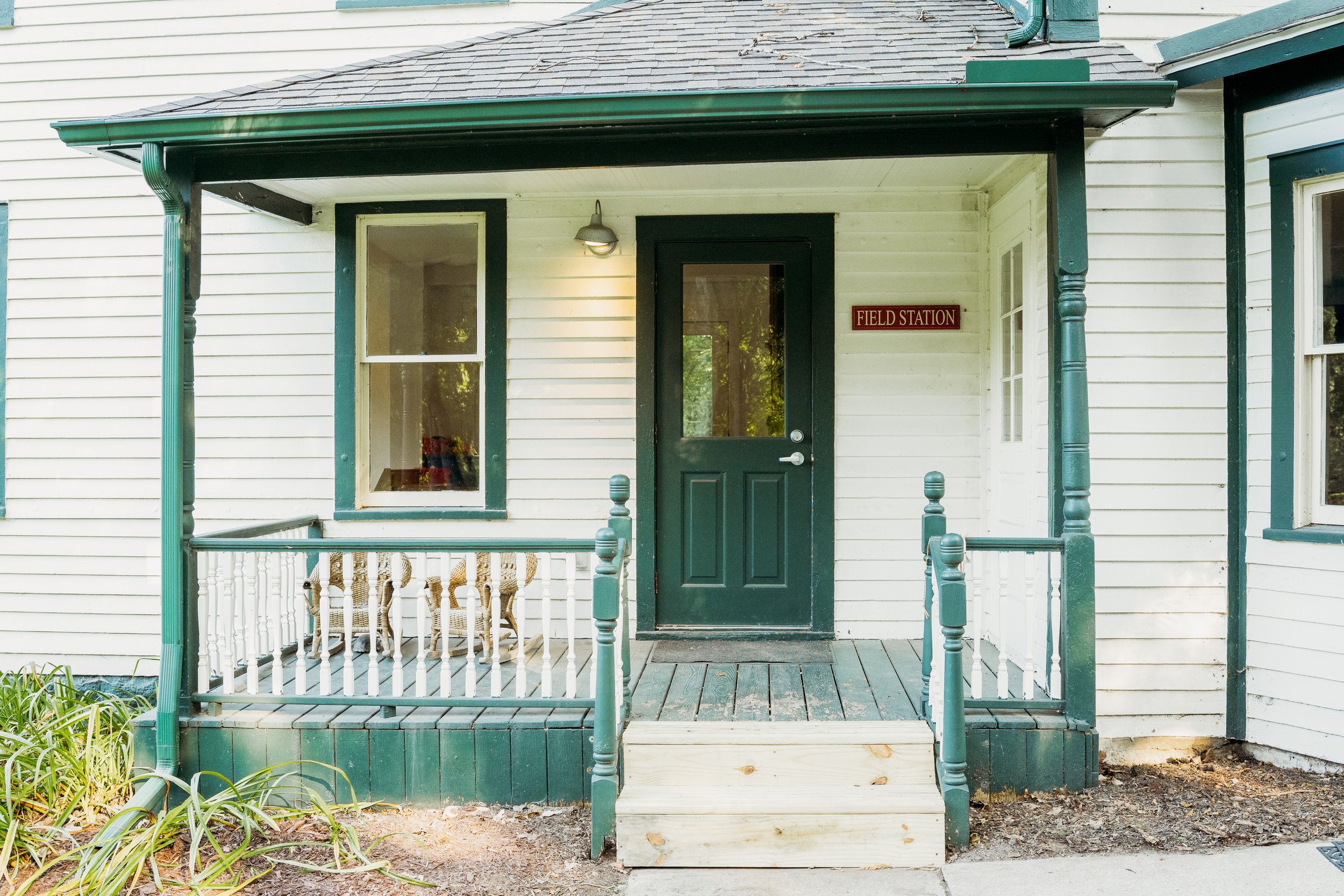
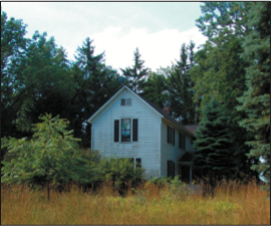
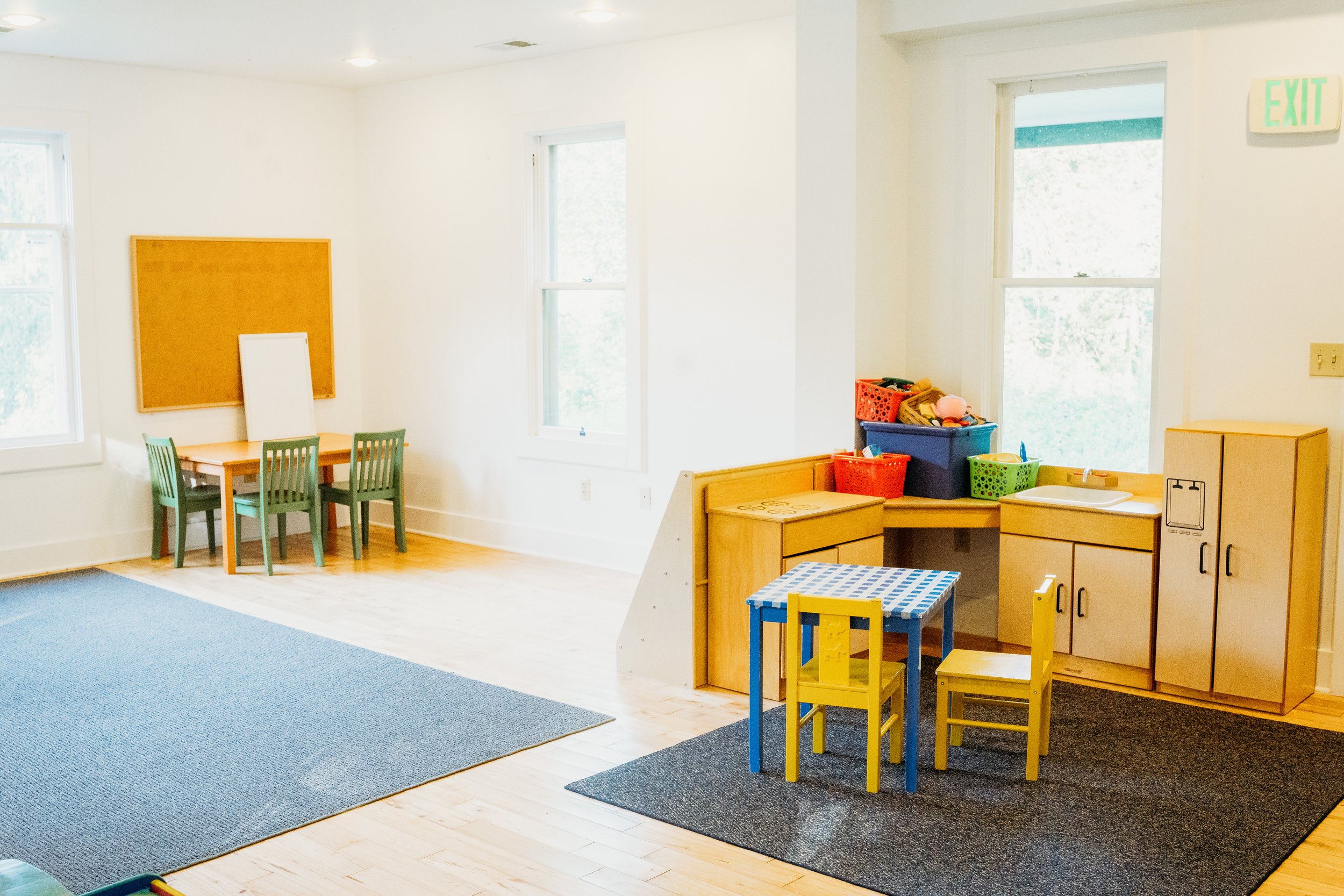
Outdoor Space
